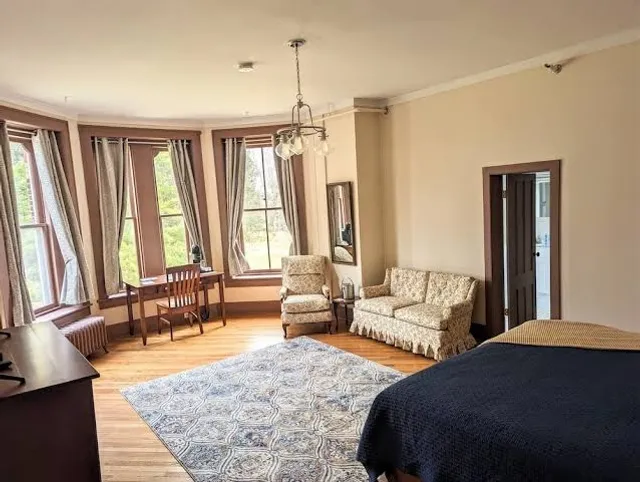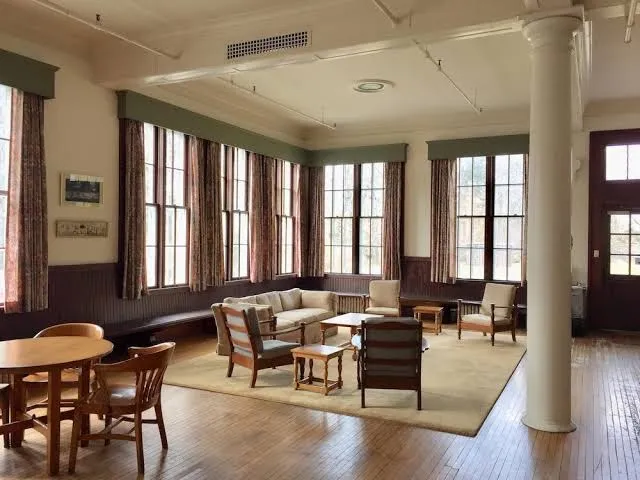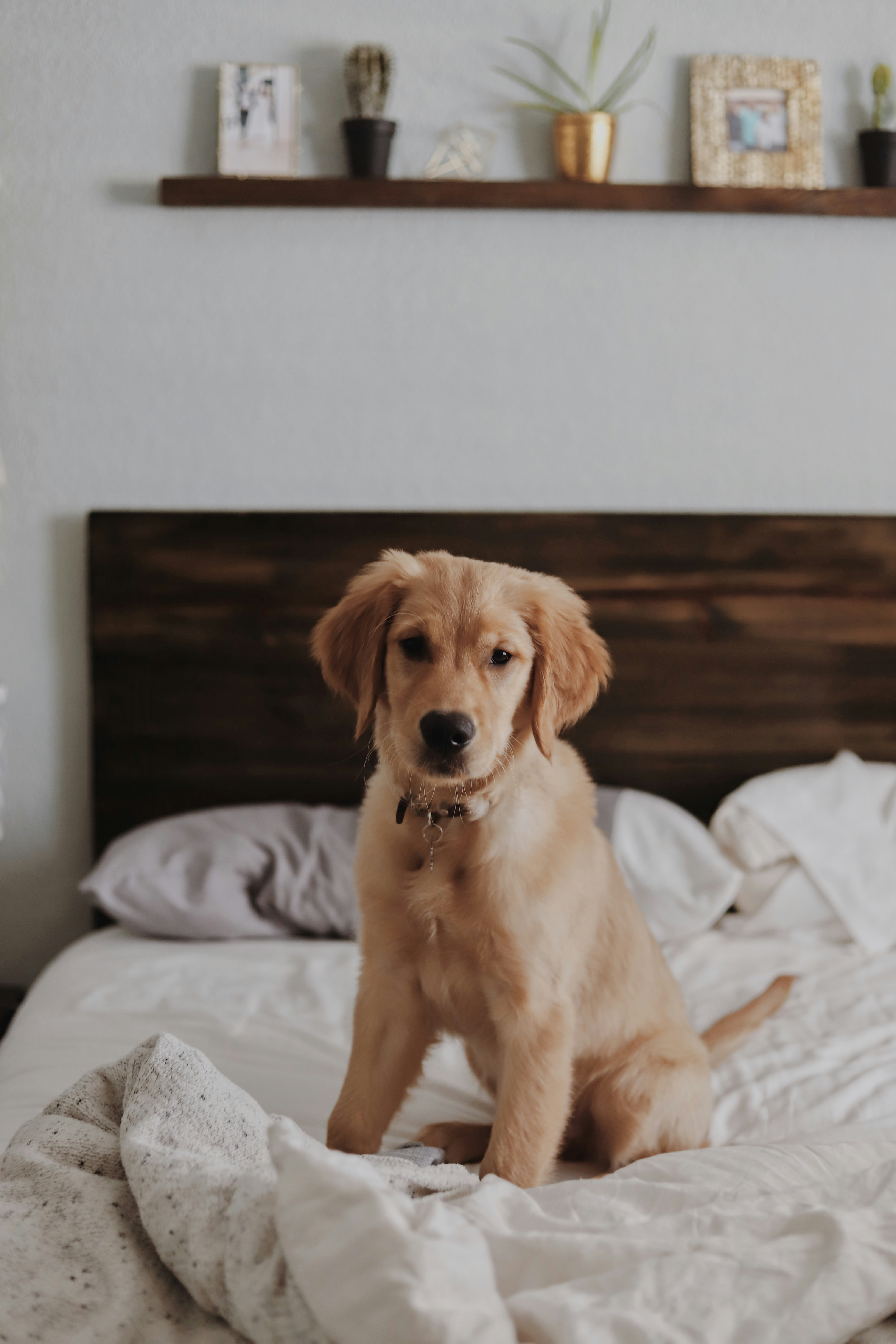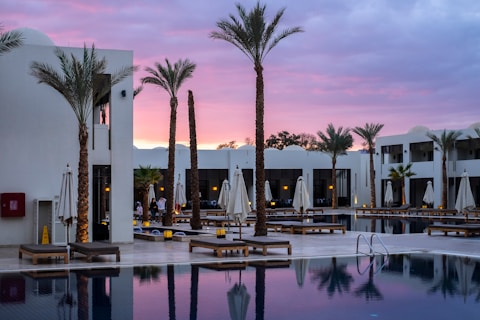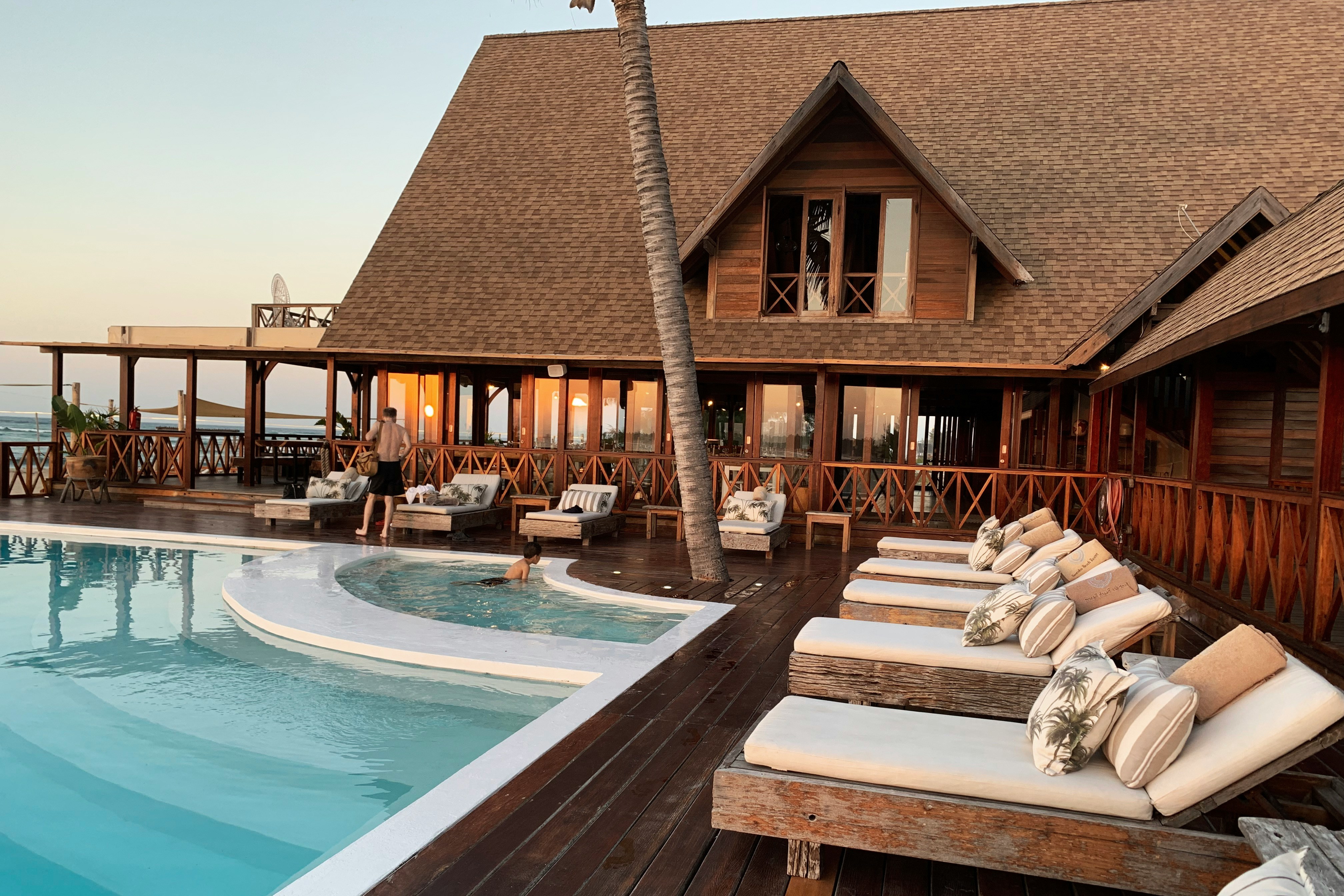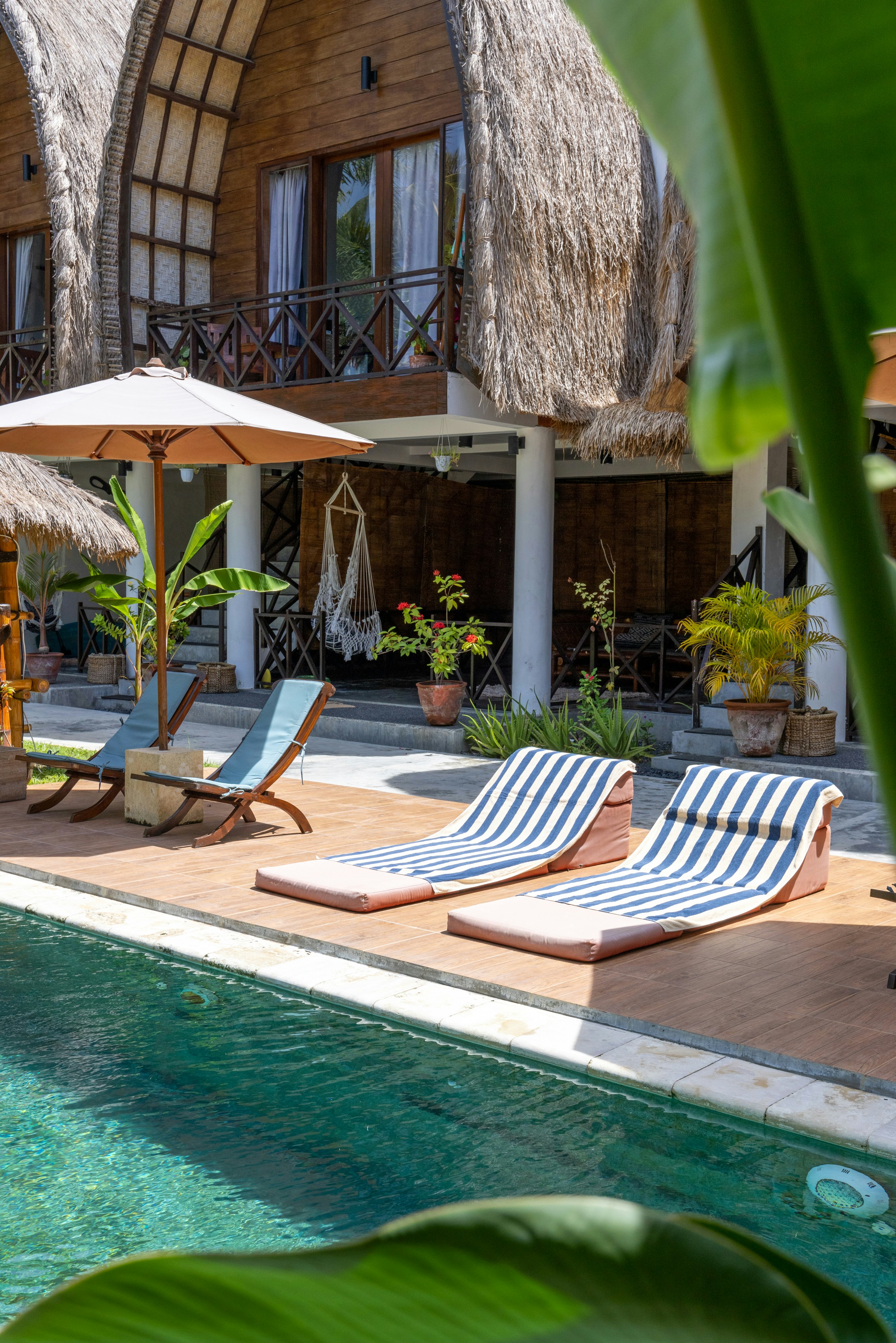Oneida Community Mansion House
Oneida Community Mansion House things to do, attractions, restaurants, events info and trip planning
Plan your stay
Posts
✨ 𝐅𝐎𝐑 𝐑𝐄𝐍𝐓 ✨ 𝟷𝟽𝟶 𝘒𝘦𝘯𝘸𝘰𝘰𝘥 𝘈𝘷𝘦, 𝘜𝘯𝘪𝘵 𝟹𝟷𝟾 𝘖𝘯𝘦𝘪𝘥𝘢, 𝘕𝘠 𝟷𝟹𝟺𝟸𝟷 🛌 1 🛁 1 💰 $1185/month all utilities included 🧺 On site coin operated laundry facility 🌳Plenty of acreage and gardens to explore 📚 Communal spaces to enjoy 🚗 1 off street parking space included 𝐄𝐱𝐩𝐞𝐫𝐢𝐞𝐧𝐜𝐞 𝐭𝐡𝐞 𝐜𝐡𝐚𝐫𝐦 𝐨𝐟 𝐡𝐢𝐬𝐭𝐨𝐫𝐢𝐜 𝐥𝐢𝐯𝐢𝐧𝐠 𝐜𝐨𝐦𝐛𝐢𝐧𝐞𝐝 𝐰𝐢𝐭𝐡 𝐦𝐨𝐝𝐞𝐫𝐧 𝐜𝐨𝐦𝐟𝐨𝐫𝐭𝐬 𝐢𝐧 𝐭𝐡𝐢𝐬 𝐢𝐧𝐯𝐢𝐭𝐢𝐧𝐠 𝟏-𝐛𝐞𝐝𝐫𝐨𝐨𝐦, 𝟏-𝐛𝐚𝐭𝐡 𝐚𝐩𝐚𝐫𝐭𝐦𝐞𝐧𝐭 𝐥𝐨𝐜𝐚𝐭𝐞𝐝 𝐨𝐧 𝐭𝐡𝐞 𝟑𝐫𝐝 𝐟𝐥𝐨𝐨𝐫 𝐨𝐟 𝐭𝐡𝐞 𝐞𝐬𝐭𝐞𝐞𝐦𝐞𝐝 𝐎𝐧𝐞𝐢𝐝𝐚 𝐂𝐨𝐦𝐦𝐮𝐧𝐢𝐭𝐲 𝐌𝐚𝐧𝐬𝐢𝐨𝐧 𝐇𝐨𝐮𝐬𝐞. 𝐄𝐧𝐣𝐨𝐲 𝐭𝐡𝐞 𝐠𝐫𝐚𝐧𝐝𝐞𝐮𝐫 𝐨𝐟 𝐭𝐚𝐥𝐥 𝐜𝐞𝐢𝐥𝐢𝐧𝐠𝐬 𝐚𝐧𝐝 𝐭𝐡𝐞 𝐚𝐛𝐮𝐧𝐝𝐚𝐧𝐭 𝐧𝐚𝐭𝐮𝐫𝐚𝐥 𝐥𝐢𝐠𝐡𝐭 𝐭𝐡𝐚𝐭 𝐚𝐦𝐩𝐥𝐢𝐟𝐢𝐞𝐬 𝐭𝐡𝐞 𝐚𝐢𝐫𝐢𝐧𝐞𝐬𝐬 𝐰𝐢𝐭𝐡𝐢𝐧 𝐭𝐡𝐞 𝐚𝐩𝐚𝐫𝐭𝐦𝐞𝐧𝐭. 𝐅𝐨𝐫 𝐞𝐟𝐟𝐨𝐫𝐭𝐥𝐞𝐬𝐬 𝐥𝐢𝐯𝐢𝐧𝐠, 𝐚𝐥𝐥 𝐮𝐭𝐢𝐥𝐢𝐭𝐢𝐞𝐬 𝐚𝐫𝐞 𝐢𝐧𝐜𝐥𝐮𝐝𝐞𝐝. 𝐀 𝐜𝐨𝐧𝐯𝐞𝐧𝐢𝐞𝐧𝐭 𝐜𝐨𝐢𝐧-𝐨𝐩𝐞𝐫𝐚𝐭𝐞𝐝 𝐥𝐚𝐮𝐧𝐝𝐫𝐲 𝐟𝐚𝐜𝐢𝐥𝐢𝐭𝐲 𝐢𝐬 𝐚𝐯𝐚𝐢𝐥𝐚𝐛𝐥𝐞 𝐨𝐧𝐬𝐢𝐭𝐞, 𝐞𝐥𝐢𝐦𝐢𝐧𝐚𝐭𝐢𝐧𝐠 𝐭𝐡𝐞 𝐧𝐞𝐞𝐝 𝐟𝐨𝐫 𝐨𝐟𝐟-𝐬𝐢𝐭𝐞 𝐭𝐫𝐢𝐩𝐬. 𝐀 𝐝𝐞𝐝𝐢𝐜𝐚𝐭𝐞𝐝 𝐩𝐨𝐬𝐭 𝐨𝐟𝐟𝐢𝐜𝐞 𝐛𝐨𝐱 𝐬𝐢𝐦𝐩𝐥𝐢𝐟𝐢𝐞𝐬 𝐦𝐚𝐢𝐥 𝐡𝐚𝐧𝐝𝐥𝐢𝐧𝐠, 𝐰𝐡𝐢𝐥𝐞 𝐨𝐧𝐞 𝐝𝐞𝐝𝐢𝐜𝐚𝐭𝐞𝐝 𝐨𝐟𝐟-𝐬𝐭𝐫𝐞𝐞𝐭 𝐩𝐚𝐫𝐤𝐢𝐧𝐠 𝐬𝐩𝐚𝐜𝐞 𝐩𝐫𝐨𝐯𝐢𝐝𝐞𝐬 𝐬𝐞𝐜𝐮𝐫𝐢𝐭𝐲 𝐚𝐧𝐝 𝐞𝐚𝐬𝐞 𝐨𝐟 𝐚𝐜𝐜𝐞𝐬𝐬.𝐓𝐚𝐤𝐞 𝐚𝐝𝐯𝐚𝐧𝐭𝐚𝐠𝐞 𝐨𝐟 𝐭𝐡𝐞 𝐛𝐞𝐚𝐮𝐭𝐢𝐟𝐮𝐥𝐥𝐲 𝐦𝐚𝐢𝐧𝐭𝐚𝐢𝐧𝐞𝐝 𝐠𝐫𝐨𝐮𝐧𝐝𝐬 𝐚𝐧𝐝 𝐮𝐧𝐢𝐪𝐮𝐞 𝐜𝐨𝐦𝐦𝐮𝐧𝐚𝐥 𝐬𝐩𝐚𝐜𝐞𝐬, 𝐢𝐧𝐜𝐥𝐮𝐝𝐢𝐧𝐠 𝐚 𝐥𝐢𝐛𝐫𝐚𝐫𝐲, 𝐚𝐮𝐝𝐢𝐭𝐨𝐫𝐢𝐮𝐦 𝐚𝐧𝐝 𝐥𝐨𝐮𝐧𝐠𝐞. 𝗪𝐡𝐞𝐭𝐡𝐞𝐫 𝐲𝐨𝐮’𝐫𝐞 𝐬𝐞𝐞𝐤𝐢𝐧𝐠 𝐚 𝐪𝐮𝐢𝐞𝐭 𝐬𝐩𝐨𝐭 𝐭𝐨 𝐫𝐞𝐚𝐝, 𝐚𝐭𝐭𝐞𝐧𝐝𝐢𝐧𝐠 𝐚 𝐜𝐨𝐦𝐦𝐮𝐧𝐢𝐭𝐲 𝐞𝐯𝐞𝐧𝐭, 𝐨𝐫 𝐬𝐢𝐦𝐩𝐥𝐲 𝐫𝐞𝐥𝐚𝐱𝐢𝐧𝐠 𝐨𝐫 𝐡𝐢𝐤𝐢𝐧𝐠 𝐨𝐧 𝐭𝐡𝐞 𝐠𝐫𝐨𝐮𝐧𝐝𝐬, 𝐭𝐡𝐞𝐫𝐞’𝐬 𝐬𝐨𝐦𝐞𝐭𝐡𝐢𝐧𝐠 𝐟𝐨𝐫 𝐞𝐯𝐞𝐫𝐲𝐨𝐧𝐞 𝐭𝐨 𝐞𝐧𝐣𝐨𝐲. 𝐄𝐧𝐣𝐨𝐲 𝐥𝐨𝐜𝐚𝐥 𝐫𝐞𝐬𝐭𝐚𝐮𝐫𝐚𝐧𝐭𝐬, 𝐠𝐨𝐥𝐟, 𝐬𝐡𝐨𝐩𝐩𝐢𝐧𝐠, 𝐚𝐧𝐝 𝐦𝐨𝐫𝐞 𝐥𝐨𝐜𝐚𝐭𝐞𝐝 𝐫𝐢𝐠𝐡𝐭 𝐨𝐧 𝐭𝐡𝐞 𝐛𝐨𝐫𝐝𝐞𝐫 𝐨𝐟 𝐭𝐡𝐞 𝐜𝐢𝐭𝐲 𝐨𝐟 𝐒𝐡𝐞𝐫𝐫𝐢𝐥𝐥. 𝐃𝐨𝐧’𝐭 𝐦𝐢𝐬𝐬 𝐨𝐮𝐭 𝐨𝐧 𝐭𝐡𝐢𝐬 𝐨𝐩𝐩𝐨𝐫𝐭𝐮𝐧𝐢𝐭𝐲 𝐭𝐨 𝐥𝐢𝐯𝐞 𝐢𝐧 𝐚 𝐩𝐢𝐞𝐜𝐞 𝐨𝐟 𝐡𝐢𝐬𝐭𝐨𝐫𝐲 𝐰𝐡𝐢𝐥𝐞 𝐞𝐧𝐣𝐨𝐲𝐢𝐧𝐠 𝐭𝐡𝐞 𝐜𝐨𝐧𝐯𝐞𝐧𝐢𝐞𝐧𝐜𝐞𝐬 𝐨𝐟 𝐦𝐨𝐝𝐞𝐫𝐧 𝐥𝐢𝐯𝐢𝐧𝐠. 𝐂𝐨𝐦𝐞 𝐡𝐨𝐦𝐞 𝐭𝐨 𝐭𝐡𝐞 𝐎𝐧𝐞𝐢𝐝𝐚 𝐂𝐨𝐦𝐦𝐮𝐧𝐢𝐭𝐲 𝐌𝐚𝐧𝐬𝐢𝐨𝐧 𝐇𝐨𝐮𝐬𝐞! 𝘈𝘱𝘱𝘭𝘪𝘤𝘢𝘵𝘪𝘰𝘯 𝘳𝘦𝘲𝘶𝘪𝘳𝘦𝘥 𝘸𝘪𝘵𝘩 𝘤𝘳𝘦𝘥𝘪𝘵 𝘢𝘯𝘥 𝘣𝘢𝘤𝘬𝘨𝘳𝘰𝘶𝘯𝘥 𝘤𝘩𝘦𝘤𝘬, $𝟸𝟶 𝘱𝘦𝘳 𝘱𝘳𝘰𝘴𝘱𝘦𝘤𝘵𝘪𝘷𝘦 𝘵𝘦𝘯𝘢𝘯𝘵. *𝘛𝘩𝘪𝘴 𝘪𝘴 𝘢 𝘵𝘩𝘪𝘳𝘥 𝘧𝘭𝘰𝘰𝘳 𝘢𝘱𝘢𝘳𝘵𝘮𝘦𝘯𝘵 𝘸𝘪𝘵𝘩 𝘯𝘰 𝘦𝘭𝘦𝘷𝘢𝘵𝘰𝘳*. 𝐂𝐨𝐧𝐭𝐚𝐜𝐭 𝐥𝐢𝐬𝐭𝐢𝐧𝐠 𝐚𝐠𝐞𝐧𝐭 𝐒𝐨𝐩𝐡𝐢𝐚 𝐇𝐞𝐢𝐧𝐭𝐳 𝐌𝐮𝐫𝐭𝐡𝐚 𝐰𝐢𝐭𝐡 𝐂𝐨𝐥𝐝𝐰𝐞𝐥𝐥 𝐁𝐚𝐧𝐤𝐞𝐫 𝐒𝐞𝐱𝐭𝐨𝐧 𝐰𝐢𝐭𝐡 𝐪𝐮𝐞𝐬𝐭𝐢𝐨𝐧𝐬 𝐨𝐫 𝐭𝐨 𝐬𝐜𝐡𝐞𝐝𝐮𝐥𝐞 𝐚 𝐩𝐫𝐢𝐯𝐚𝐭𝐞 𝐬𝐡𝐨𝐰𝐢𝐧𝐠. #2023 #grateful #cny #centralny #mohawkvalley #oneidacounty #madisoncounty #herkimercounty #realtor #coldwellbanker #uticany #oneidany #romeny #vernonny #veronany #sherrillny
sophiasellscny
491
I stayed at Oneida Community Mansion House over Fourth of July weekend and had a lovely time. It’s both a hotel and a museum and has a fascinating history. We took a tour of the house and learned about the Oneida Community who originally resided there. You can also do a self guided tour if you prefer. The grounds are so pretty and impeccably maintained. My mom and I stayed in a suite that had just been renovated and it was wonderful. It had beautiful new fixtures, a fridge, and two beds (one of them being a sleeper sofa) in two separate rooms. The staff were so nice and welcoming. They would say good morning and chat with us during the complimentary breakfast and helped us with anything we needed. One thing to be aware of is that Oneida has a real small town feel. Things are not open late and we could barely find even a restaurant open on the Fourth (but that’s of course not the hotel’s fault). There are fun things to do in and around Oneida, but I would recommend during your research beforehand. We visited the Smallest Church, the Wizard of Oz museum, Chittenango Falls State Park, and Owera Vineyards, all of which were great.
Rebecca Wingle
00
Wow! What a hidden gem! This is a beautiful, comfortable, luxurious stay in a building seeping with history. Our room was beautiful. Gail met us late at the door after a long day’s drive. She gave us a lovely overview of the history and accommodations before we retired. The rooms are large with 15 foot ceilings. A perfect mix of modern and historic within the rooms. Spotlessly clean. The next morning in the breakfast room, the delicious baked goods from Sweet Life of a Baker down the street (we stopped there on our way out of town-delicious muffins-still thinking about them!). We stopped in the gift shop on the way out and met the director of guest services, Chelsea. She is obviously passionate about the work she does and the building she cares for. We saw the staff everywhere. They’re hard working, friendly and love this building as their own. The gardens were so beautiful too. Make sure to enjoy the lawn. I feel like we’ve found treasure. We’ll be back.
Jeannie Poterucha
40
A terrific stay at a unique Inn. I had a room upstairs in the mansion, and it was a perfect mix of antique & modern. Comfy bed (great sheets) a/c with a remote, big screen TV snd a coffee maker. Huge recently remodeled bathroom that was ultra clean!!! And the staff are lovely. I checked in at the guest shop, was shown my room (with my last name on the door so it was like I was already a community member!) there is an elevator and stairs, and your room key gives you access to the back parking lot and entrance. I’ll be back. (And in the morning I was able to work remotely using their great Wi-Fi in the research library!!)
Anna Bennett
20
Nearby Attractions Of Oneida Community Mansion House
City of Sherrill Community Activity Center
Noyes Park

City of Sherrill Community Activity Center
4.6
(80)
Click for details

Noyes Park
4.3
(14)
Click for details
Nearby Restaurants Of Oneida Community Mansion House
Taste of China Sherrill Inc
East Sushi
Lakeview Restaurant
Lakeside Landing Restaurant
Sweet Basil's Diner and Catering LLC
Sherrill Silversmiths - NYCBL League

Taste of China Sherrill Inc
4.7
(139)
Click for details

East Sushi
4.5
(53)
Click for details

Lakeview Restaurant
4.4
(54)
$$
Click for details

Lakeside Landing Restaurant
4.8
(9)
Click for details
Basic Info
Address
170 Kenwood Ave, Oneida, NY 13421
Map
Phone
(315) 363-0745
Call
Website
oneidacommunity.org
Visit
Reviews
Overview
4.6
(120 reviews)
Ratings & Description
cultural
scenic
family friendly
accessibility
Description
The Oneida Community Mansion House is a historic house and museum that was once the home of the Oneida Community, a religiously-based socialist Utopian group led by John Humphrey Noyes. Noyes and his followers moved to the site in Oneida from Putney, Vermont in 1848.
attractions: City of Sherrill Community Activity Center, Noyes Park, restaurants: Taste of China Sherrill Inc, East Sushi, Lakeview Restaurant, Lakeside Landing Restaurant, Sweet Basil's Diner and Catering LLC, Sherrill Silversmiths - NYCBL League

